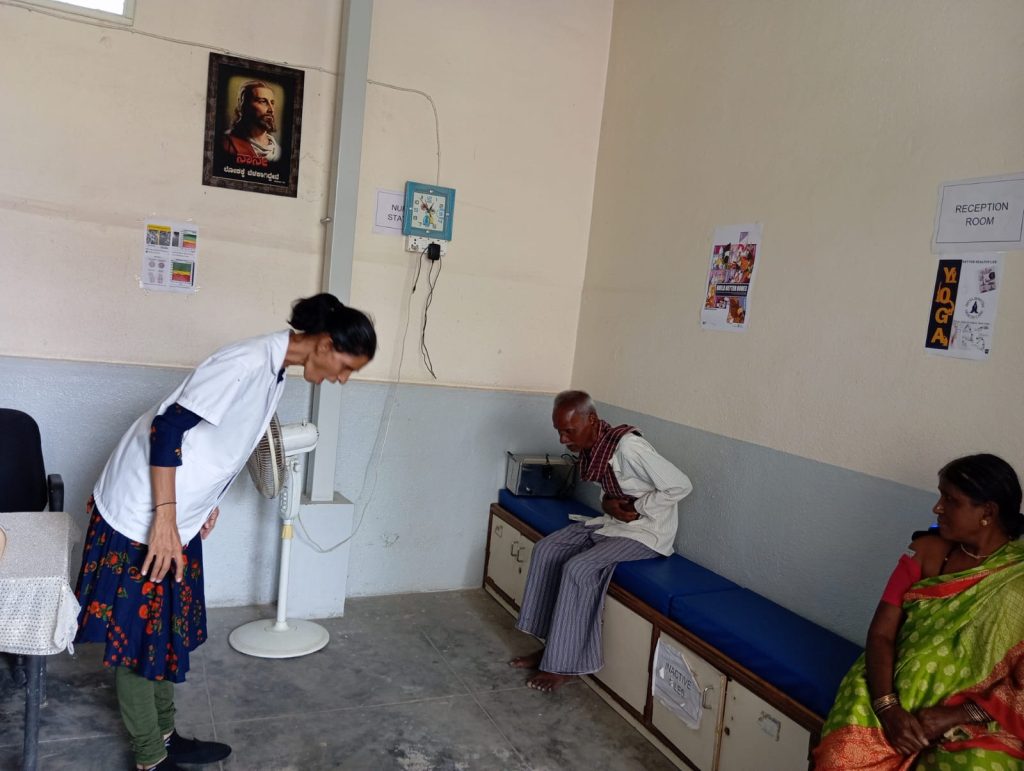
Physiotherapy
Physiotherapists use a range of techniques, including exercise, manual therapy, and education, to help individuals manage their symptoms, improve their strength and flexibility, and prevent further injuries.
Physiotherapy is a branch of healthcare that involves the assessment, diagnosis, treatment, and prevention of physical dysfunction and pain. Physiotherapists are trained professionals who use various techniques to help patients recover from injuries, illnesses, or disabilities.
The goal of physiotherapy is to promote movement, function, and quality of life. Physiotherapists work with patients of all ages, from infants to the elderly, and help them manage a wide range of conditions, such as back pain, sports injuries, stroke, and arthritis.
The first step in physiotherapy is a thorough assessment of the patient’s condition, which includes taking a medical history, conducting physical examinations, and identifying the patient’s goals for treatment. Based on the assessment, the physiotherapist develops a treatment plan that may include exercises, manual therapy, electrotherapy, and other modalities.
Exercises are an essential part of physiotherapy, and they can be used to improve strength, flexibility, and endurance. Physiotherapists may also use manual therapy, which involves hands-on techniques such as massage, mobilization, and manipulation to help reduce pain, improve range of motion, and promote healing.
Electrotherapy is another modality that physiotherapists use to treat patients. It involves the use of electrical currents to stimulate the muscles and nerves, and it can be used to reduce pain and improve muscle function.
In addition to treating physical conditions, physiotherapists also focus on preventing future injuries or disabilities. They may provide advice on ergonomics, posture, and exercise programs to help patients maintain their physical health and prevent further injury.



